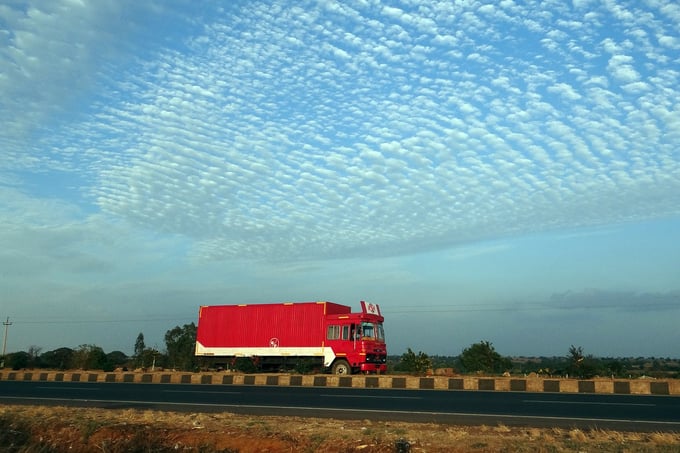Education and training are crucial for a fleet in order to optimise safety, not only for drivers themselves but for all the staff, and road users in general. For most fleet managers, “driver education” means ensuring drivers understand all there is to know concerning basic vehicle safety. But there is another aspect that cannot be overlooked with regards to maximizing safety and increasing efficiency (and saving money—as if you need reminding!): safe loading and cargo securing.

Whether it is goods or equipment loaded on to a truck, or simply boxes on the front seat of a company car, remember there is always a safe way to secure loads, and that an insecure load which is not properly secured can cost you in a variety of ways: a driver can lose control of a vehicle, with serious consequences for both the driver and other road users, not to mention the damage to vehicles and cargo… products may fall off the vehicle and cause serious road hazards, accidents and legal complications. Moreover, if drivers are not trained properly on how to drive while transporting goods and materials, they could adopt unsafe practices that can cause even a safely secured load to become at risk.
So, how can you make sure all drivers are aware of load safety? Have a look at these 5 strategies!
#1 - Ensure that driver education is consistently on-going, not only reiterating the basics but also by scheduling regular meetings so as to focus on various topics: walk-around checks, driving in different weather conditions, defensive driving etc.
#2 - Training for drivers should include driving under load, because the handling of a laden vehicle is much different to an unladen one. Stopping distances increase, pulling away and accelerating take longer… these kinds of factors mean a driver should pay particular attention to their surroundings, checking all mirrors and responding in good time to a potential situation or hazard, avoiding overreaction due to poor observation and delayed adjustment to changing conditions.
#3 - Keep up with load securement training, concentrating on both the inside and the outside of the vehicle. An unsecured load within the vehicle is still capable of causing an accident. Most people don’t worry too much about leaving loose objects on the back seats of cars, but sharp breaking can propel them forward into the driver’s footwell where they are capable of wedging under a pedal and causing problems.
#2 - Training for drivers should include driving under load, because the handling of a laden vehicle is much different to an unladen one. Stopping distances increase, pulling away and accelerating take longer… these kinds of factors mean a driver should pay particular attention to their surroundings, checking all mirrors and responding in good time to a potential situation or hazard, avoiding overreaction due to poor observation and delayed adjustment to changing conditions.
#3 - Keep up with load securement training, concentrating on both the inside and the outside of the vehicle. An unsecured load within the vehicle is still capable of causing an accident. Most people don’t worry too much about leaving loose objects on the back seats of cars, but sharp breaking can propel them forward into the driver’s footwell where they are capable of wedging under a pedal and causing problems.
#4 - Drivers should be familiar with the correct way to strap-up and brace exterior loads for trucks and vans. They need to use the appropriate restraints according to the type of load and its weight.
#5 - It is of the upmost importance, all though it may seem obvious, to ensure that the correct vehicle is used for transporting a load, i.e. that it is designed to safely carry the intended load. It’s no good sending out a driver with a five ton load on a truck which is designed to only convey half a ton. If you think that is an exaggeration, think again—it has been known to happen! When a vehicle is overloaded it places a severe strain on crucial vehicle components such as the brakes, suspension and the drivetrain, which dangerously compromises the driver, the vehicle and the company.



